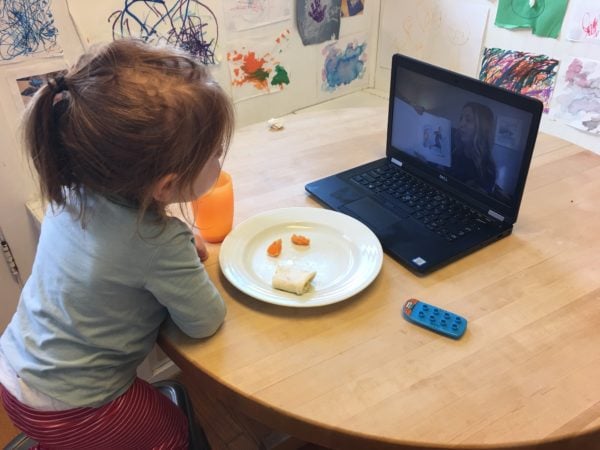
Originally posted here.
For most of us, April felt like it lasted way longer than 30 days. Unfortunately, May isn’t looking a whole lot better. Teachers across the country are doing the best they can in delivering content that was designed for in-person instruction over the web. Parents are struggling to balance their own workloads with their children’s school work. Kitchen tables have become offices and classrooms and life in America has been turned upside down.
Teachers and parents are all holding their collective breath for the end of the school year. With many school districts set to end the school year at the end of May, some of us are starting to see the light at the end of the remote learning tunnel.
But …
We must acknowledge that states and districts across the country are making plans for the 2020-21 school year that include social distancing and remote learning. Top doctors and researchers around the country including Dr. Fauci and Dr. Birx are warning that there might be a second round of outbreaks this fall and winter. Collectively, we must be prepared for school to look different in the fall and that we might not be back to normal come the start of the regular school year.
Here are 5 ways school could look different in the fall:
1. AM / PM Schedules
Many health and school professionals are acknowledging that having 500 – 3000 students on a single campus at one time might not work if we are still social distancing in the fall. Some school leaders are preparing a schedule in which half of the students attend school in the morning hours, while the other half attend in the afternoon. This solution will allow schools to have half the amount of students on campus. This plan is much easier to manage at the elementary level as students do not rotate through classrooms and teachers as much as they do in middle and high school. Additionally, it is easier to manage some level of social distancing with 250-300 students on campus than it is 1000-1500 students.

2. Rotating Days
There has been discussion about having students rotate days in which they come to campus in order to get in a full day of instruction at a time rather than half days in person with their teachers. Proposed schedules for rotating days has one group of students attending school on Mondays, Wednesdays, and Fridays, while the other group attends on Tuesdays and Thursdays. Groups would switch every week to allow for equity of time on campus. Another version of this schedule would be to flip every other Friday, with one group attending every Monday and Wednesday and the other every Tuesday and Thursday with Friday switching off between the groups.
3. Fully Remote Learning
It is quite possible that we will be heading into the 2020-2021 school year remotely. If that happens, schools will need to ensure that devices are in all student’s hands and that they can connect to Wi-Fi. Districts should use the summer months to plan out the logistics in deployment and access. Schools will also need to address the notion of asynchronous and synchronous learning opportunities for students. If remote learning stays with us for several more months, there must be a balance of both learning modes. While school systems across the country were caught off guard for remote learning this spring, they shouldn’t be in the fall.

4. Saturday School
While not being addressed in public schools … yet, this idea is being floated for private schools. Similarly to the rotating days schedule, some schools are talking about the possibility of students attending Saturday school. In this solution, one group of students attends school Monday, Wednesday, Friday, while the other group attends Tuesday, Thursday, and Saturday. While this is sure not to be a popular solution for many, it is being discussed as a viable option as it allows for weekly equity of instructional minutes with their teachers.
5. Alternative Learning Spaces
Our final school solution could be one that is embedded into all the preceding plans. Schools are taking a hard look at learning spaces and realizing that keeping students six feet away from each other is a herculean, if not impossible task. Be prepared for auxiliary spaces to be transformed into learning spaces. These spaces include gyms, cafeterias, theaters, fields, and libraries. It is possible that these spaces will be redesigned for classroom instruction as they provide more space for students to social distance.
Dr. David Franklin, CEO of The Principal’s Desk, is an experienced school administrator, education professor, curriculum designer, and presenter. Dr. Franklin has presented at national and international education conferences as is available for school and district professional development sessions. He can be reached at david@theprincipalsdesk.org or at www.principalsdesk.org.




